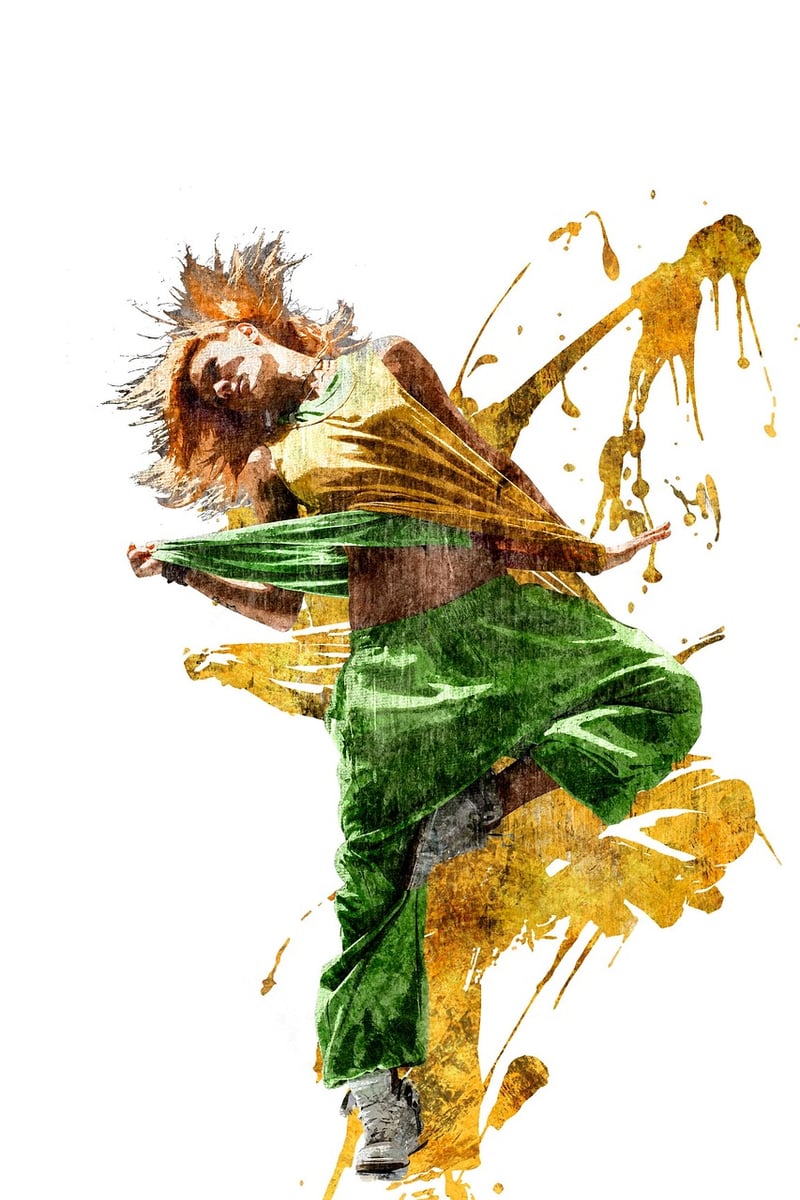Hip Hop
The Power of Expressive Movement in Hip Hop
Hip hop dance is not just a form of physical expression; it is a cultural phenomenon that embodies the spirit of freedom, creativity, and individuality. At the core of hip hop movement lies the concept of expressive movement, a means of storytelling through dance that goes beyond just the steps and beats.
The Origins of Hip Hop Dance
Hip hop dance emerged in the 1970s in the streets of New York City, born out of the need for marginalized communities to have a voice and a way to express themselves. It was a form of rebellion against societal norms and a way to reclaim their identities through movement.
The Elements of Expressive Movement
- Isolation: Hip hop dancers often isolate different parts of their bodies to create sharp, precise movements that convey emotion and intensity.
- Flow: Flow is essential in hip hop dance, as it allows dancers to seamlessly connect different movements and tell a cohesive story through their choreography.
- Personal Style: Each dancer brings their unique flair and personality to their movements, making hip hop dance a truly individualistic art form.
The Impact of Expressive Movement
Expressive movement in hip hop has transcended dance floors and entered mainstream culture, influencing fashion, music videos, and even social movements. It has the power to inspire, empower, and unite people from all walks of life.
Embracing Your Own Expressive Movement
Whether you're a seasoned dancer or just starting out, embracing your own expressive movement is key to unlocking your full potential as a hip hop dancer. Don't be afraid to let your emotions guide your movements and tell your story through dance.

Join the movement, feel the rhythm, and let your body speak the language of hip hop!
Keep grooving, keep moving, and keep expressing yourself through the power of hip hop dance.
